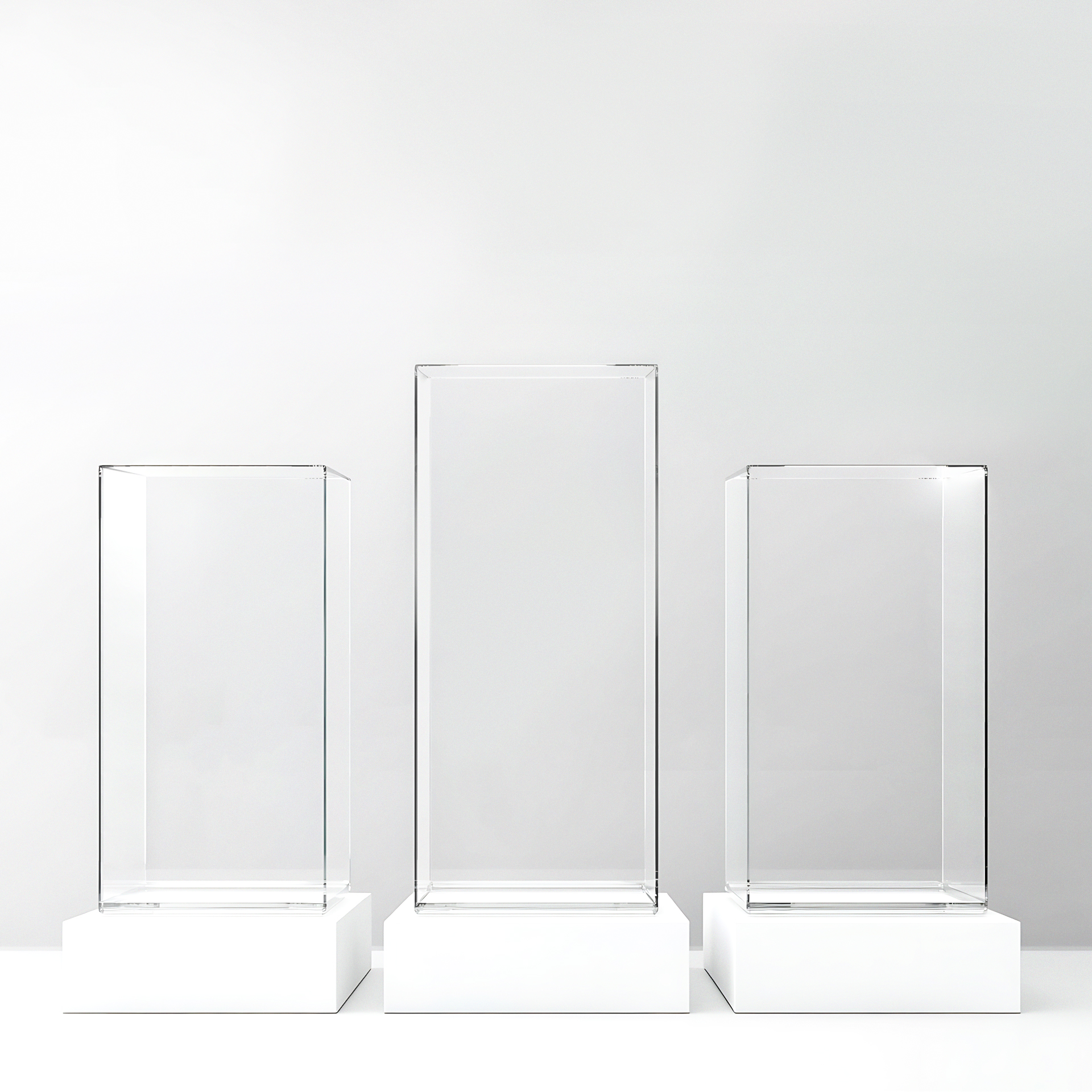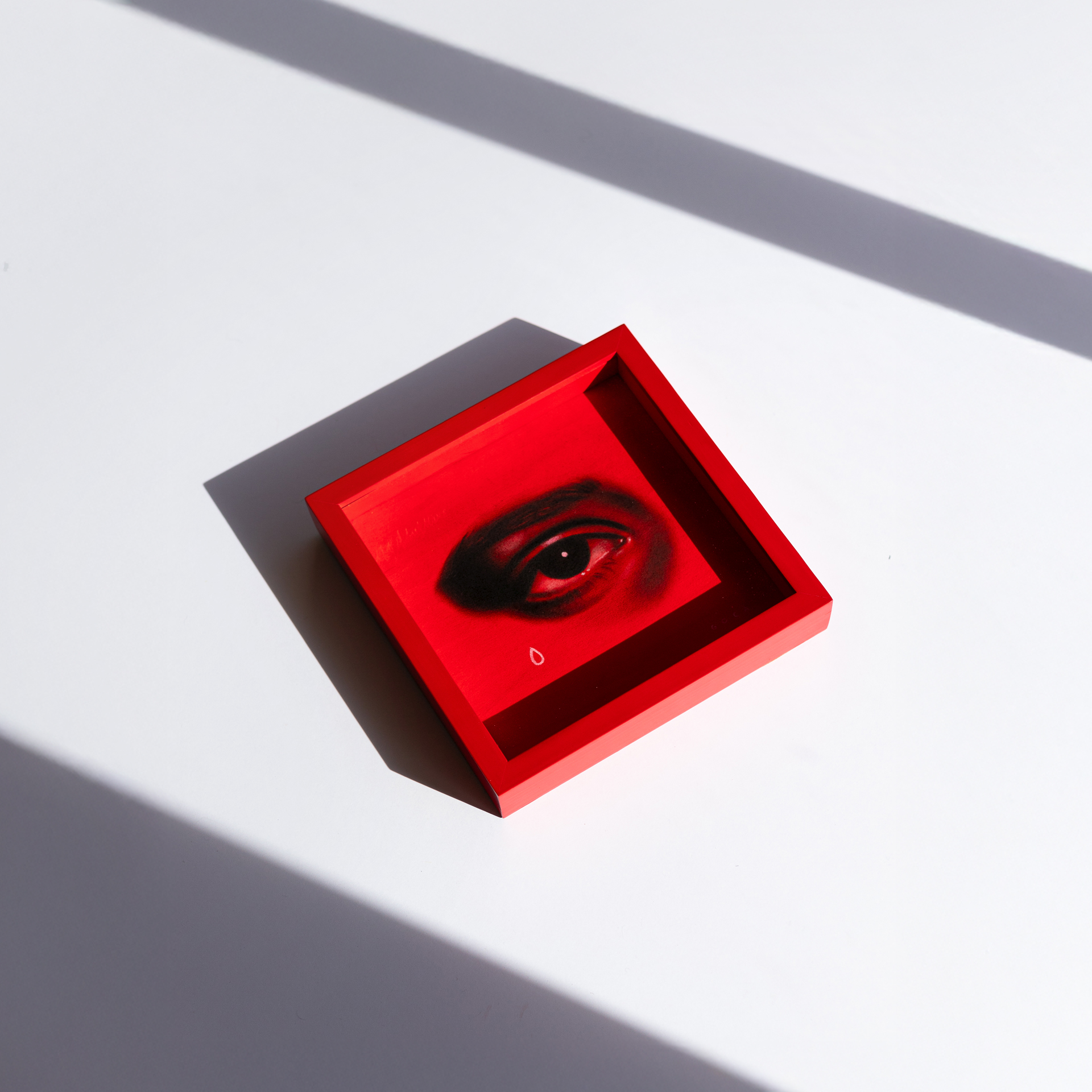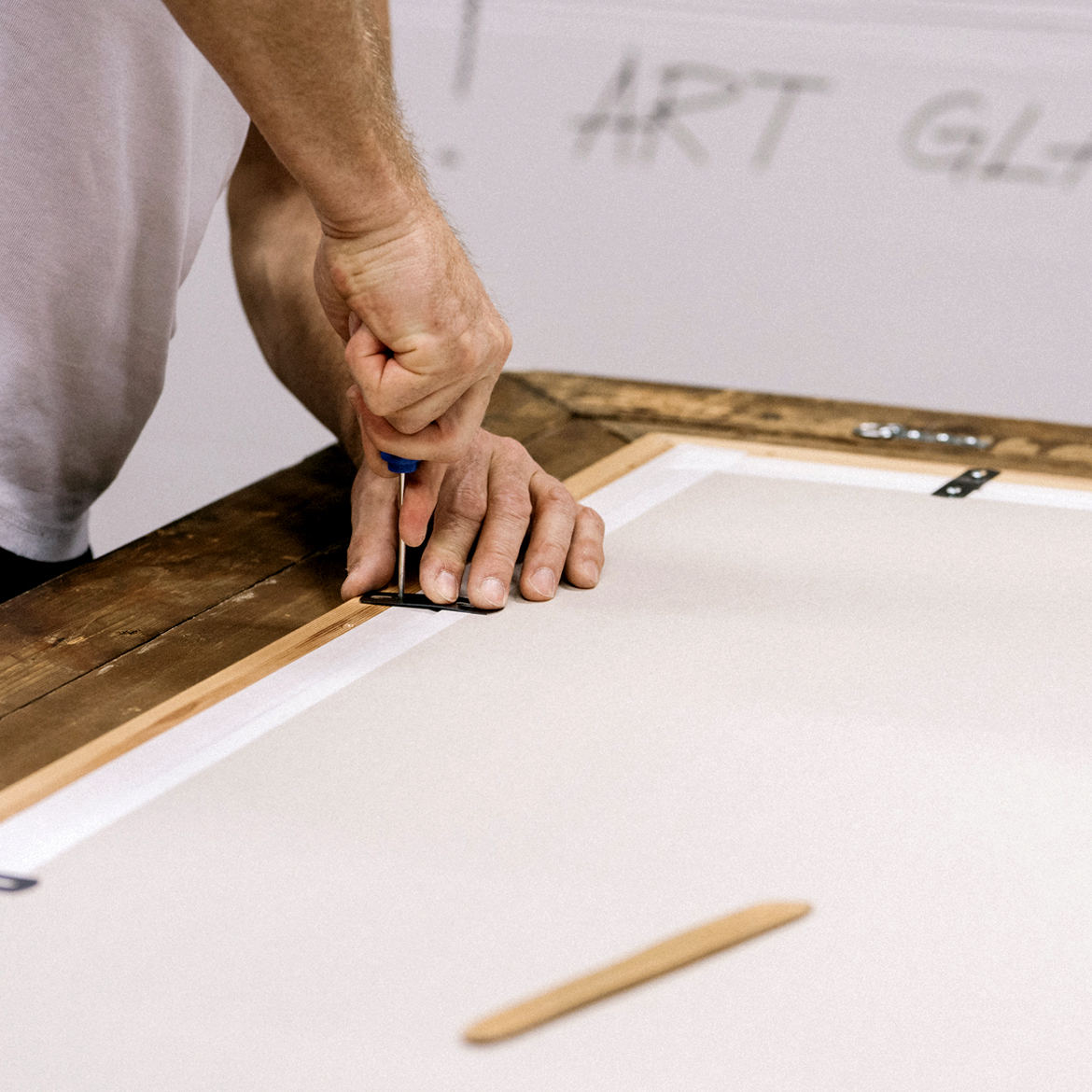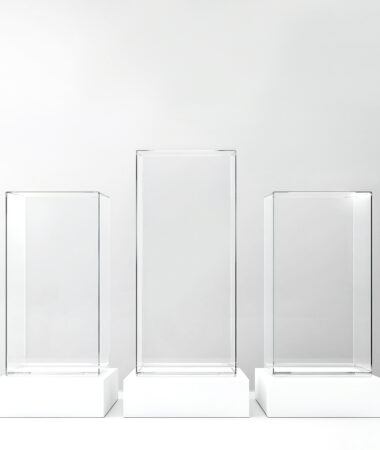
Museum curation and art preservation pose the dual challenge of protecting artwork while showcasing it in a way that truly honors its essence.
Selecting the right display glass is crucial for museums, as it involves striking a delicate balance between safeguarding valuable artworks and presenting them to the public. Artglass addresses this challenge head-on, providing anti-reflective and UV-protective glass that meets the strict demands of museum institutions.
This article offers a broader perspective on how technology meets art to present and protect artworks in museums around the world. We will explore the advantages of Artglass museum-grade products, showcasing their contribution to maintaining and displaying beloved art collections.
Why Quality Display Glass Matters in Museums
In the museum world, display glass does more than shield an artwork; it also preserves it, so that art can continue to be enjoyed for generations. The right glass can make or break the presentation of an exhibit, influencing both the longevity of the art and how viewers perceive it.
Artglass, with its museum-grade quality, addresses these needs head-on. It’s not just glass; it’s a carefully crafted solution designed to shield art from harmful UV rays while eliminating glare, ensuring that each piece is seen in its truest form. Artglass stays out of the picture so that artworks can speak for themselves.
Technical Specifications and Advantages of Artglass
In the essence of the Artglass manufacturing technology, is its improved-quality anti-reflective coating process. The optical layers, deposited in a vacuum-coating technology, are applied in a vertical position, ensuring improved quality, compared to traditional horizontal or semi-vertical coating systems.
This method significantly minimizes defects by preventing particles from settling on the glass and minimizing handling during the coating process. This innovative approach ensures that each pane of Artglass offers unmatched clarity and uniformity on sizes up to 2210 x 3252 mm.
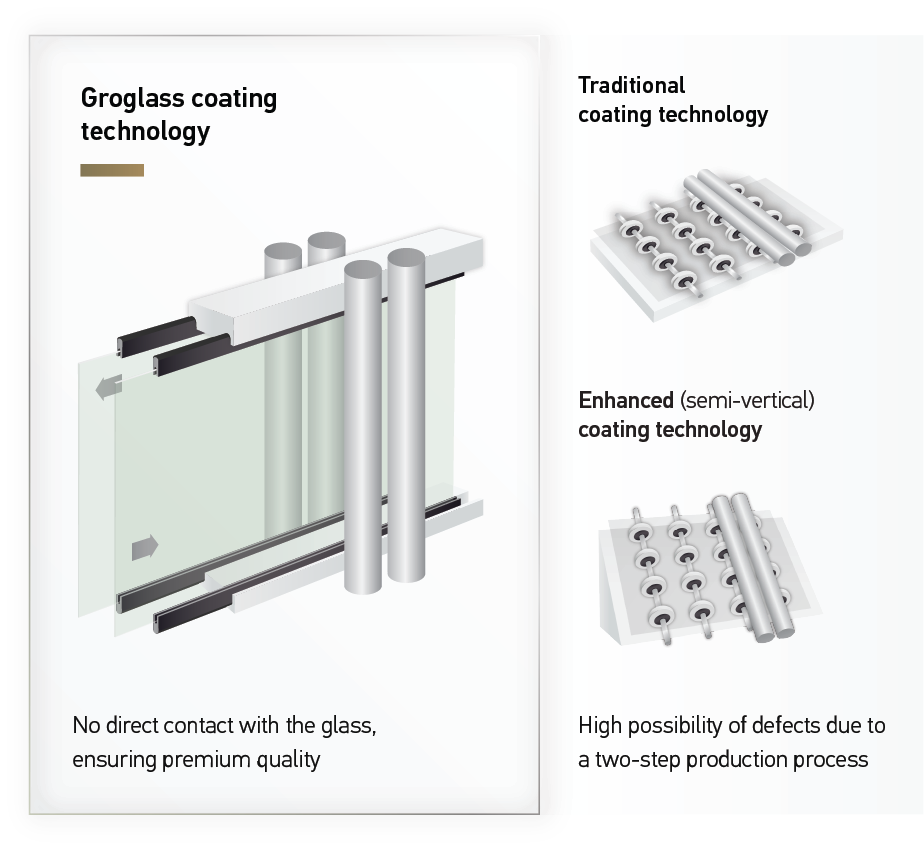

Comparison with Basic Glass Options:
Non-glare glass:
Non-glare glass has a slightly grainy surface, which diffuses the visible light in various directions. This results in a dulled appearance and decreased color vividness. The uneven surface of anti-glare glass also makes it especially hard to clean. In contrast, Artglass anti-reflective glass has a smooth surface that transmits the true colors and details, making it a superior choice for artwork protection, presentation, and maintenance.
Regular glass
Typically glass offers minimal UV protection and does little to reduce glare, making it a less-than-ideal choice for preserving and displaying valuable art. Artglass’s UV protection exceeds the PPFA (Professional Picture Framer Association) and FATG (Fine Art Trade Guild) standards of 97%, safeguarding artworks from deterioration in UV light, while ensuring they are seen as intended.
Ease of handling and cleaning
Artglass enhances the aesthetic appeal of artworks but is also designed for practicality. Its unique coating is ultra-smooth, enabling easy cleaning and ensuring that displays maintain their best appearance.
Long-term benefits
Choosing Artglass for museum displays is an investment in the future of art preservation. Its durability and protective qualities mean artworks are shielded from environmental threats for longer periods, maintaining their integrity and vibrancy. This, coupled with improved visual experience for viewers, underscores Artglass’s role as the best choice for museums committed to excellence in art display and preservation.
Implementing Artglass in Museums
Phased Transition
Implementing Artglass doesn’t have to be an all-or-nothing approach. Museums can adopt a phased plan, starting with high-priority exhibits. This strategy allows for budget flexibility and enables institutions to witness firsthand the transformative impact of Artglass on display clarity and artwork preservation. Starting with pieces that are most susceptible to UV damage or those where glare reduction can dramatically improve the viewing experience, museums can gradually expand their use of Artglass based on initial successes.

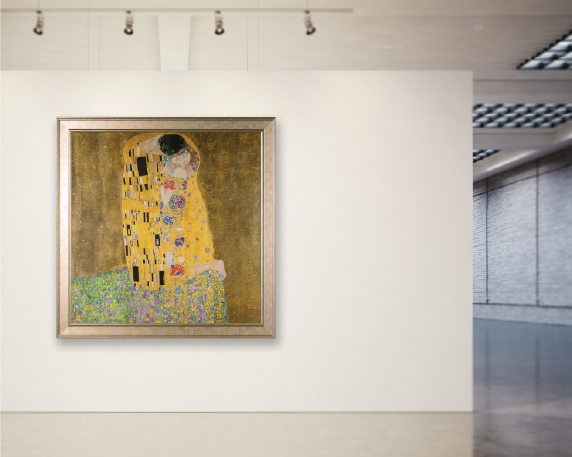
When Your Art Requires the Best
For the most precious gems of your collection and artworks meant to travel, Artglass has designed the ultimate museum-worthy solution: Artglass Lifetime Acrylic. This premium acrylic product is lightweight, and scratch-resistant. It also provides museum-grade 99% UV protection and provides maximum transparency.
Furthermore, Artglass acrylic is also shatter-resistant, making it a lightweight and extremely durable choice. When it comes to museum glazing, Artglass Lifetime Acrylic is the optimal choice for maximum added value.
Artglass – Where Art Meets Technology
Artglass stands at the intersection of technology and art, providing the best combination of visibility and protection. By adopting Artglass, museums invest in the future of art display, combining unparalleled clarity with essential protection against UV light damage.
We encourage museum professionals to explore the possibilities that Artglass offers. By consulting with Artglass experts and authorized Artglass distributors, museums can take a significant step towards redefining the standard for art display and preservation.
Contact us at sales@groglass.com to explore your options or find your Artglass distributor!



